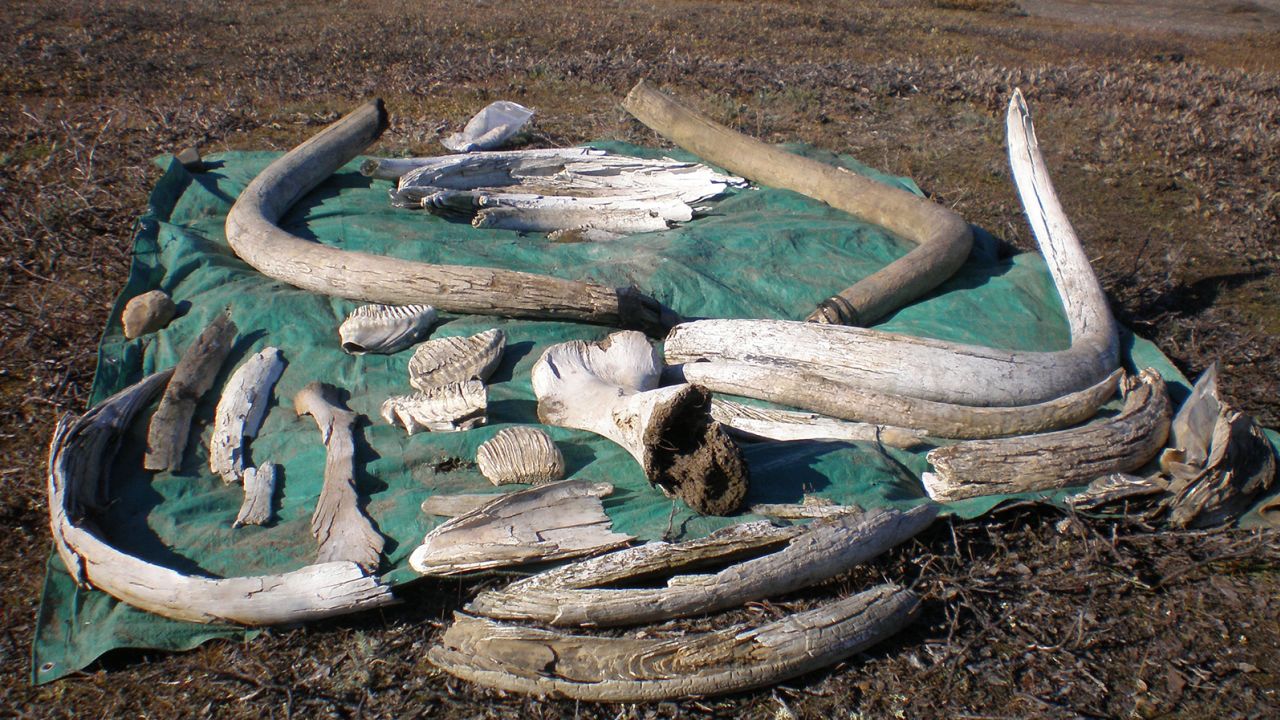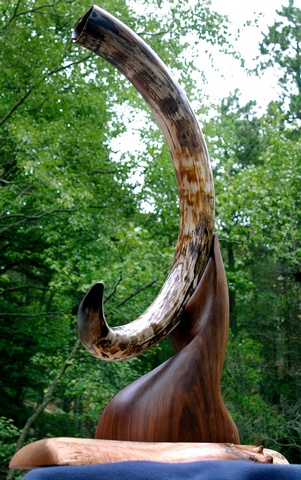Alaskan Fossils Fundamentals Explained
Wiki Article
Facts About Alaskan Fossils Uncovered
Table of Contents4 Simple Techniques For Alaskan Fossils3 Easy Facts About Alaskan Fossils ExplainedThe Best Guide To Alaskan Fossils7 Easy Facts About Alaskan Fossils ExplainedAlaskan Fossils for DummiesAlaskan Fossils Things To Know Before You Get This
These Schreger angles show up in two kinds: concave angles and convex angles. Scooped angles have a little scooped sides and also open up to the medial (internal) area of the tusk. Convex angles have rather convex sides as well as open to the side (external) area of the tusk. External Schreger angles, both concave and convex, are severe in vanished proboscidea as well as obtuse in extant proboscidea.Massive cream color on the left and also elephant ivory on the. Once the angles have been marked and also expanded, a protractor is made use of to get an angle measurement.
When standards are utilized to stand for the angles in the individual samples, a clear splitting up in between vanished as well as extant proboscideans is observed. All the elephant examples had averages over 100 levels, and also all the extinct proboscideans had angle standards listed below 100 degrees. Another function might be used to identify massive cream color.
The Only Guide for Alaskan Fossils
Elephant cream color will certainly not display intrusive vivianite staining in its natural state. It is of rate of interest to keep in mind that when the staining is hardly perceptible to the eye, making use of a hand-held ultraviolet light triggers the blemished area to stick out with a remarkable purple velvet-like appearance. Also if tarnished, elephant cream color will not have the particular fluorescence of vivianite.Currently, thanks to a skillfully made research study, published Wednesday in the journal Nature, researchers at the University of Michigan have exposed evidence that recommends mammoths also underwent musth when they wandered the Earth during the Pleistocene and also Holocene epochs. Monstrous as well as elephant tusks resemble tree trunks because they expand in concentric rings and also, while doing so, capture info about an animal's diet, way of life and problem throughout its lifetime. Dentin can have important endocrine data, or traces of hormonal agents, as well as it does not conveniently break down, making it a prime contender for researching the lives of pets, even very old ones. Equipped with this expertise, scientists thought that mammoths' tusks could hold the response to the musth concern.
"The comparison of the elephant as well as mammoth tusks is engaging proof that they are selecting up the very same signals in both types." The outcomes themselves were not a shock. Nevertheless, the researchers were rather surprisedand excitedthat their tooth-hormone technique gave such well-defined evidence for monstrous musth. When study co-author Richard Auchus, an endocrinologist at the University of Michigan, first saw the results, it was "pretty black-and-white what was going on," he informs Ars Technica's Jeanne Timmons.
Alaskan Fossils Fundamentals Explained
Research co-author Daniel Fisher, a paleontologist at the University of Michigan, cuts a core from an African elephant tusk.Progressing, the tusk analysis technique utilized in the new study might confirm useful for a range of applications in zoology and paleontology. Researching the hormones in the teeth of mammoths and other vanished pets might potentially disclose maternities or difficult moments in the animals' lives. Researchers could also have the ability Going Here to examine dentin examples from modern and also ancient hominids to comprehend "reproductive ecology, life history, population characteristics, condition and actions in modern and ancient contexts," the researchers write in the paper.

The Best Strategy To Use For Alaskan Fossils

These chemical substances are incorporated right into dentin, the mineralized tissue that composes the indoor portion of all teeth (tusks are elongated upper incisor teeth). "This research study develops dentin as a valuable repository for some hormones and establishes the phase for additional advances in the establishing field of paleoendocrinology," Cherney says.
"We did need to customize the approach some, because those tusk powders were the dirtiest samples we ever before assessed. When Mike (Cherney) revealed me the information from the elephant tusks, I was dumbfounded. Then we saw the same patterns in the mammothwow!" The African bull elephant is thought to have been 30 to 40 years of ages when it was eliminated by a hunter in Botswana in 1963.
Getting The Alaskan Fossils To Work

It's actually not supposed to look so glossy. Massive fossils have an attractive, all-natural matte coating, but this set's bringing the bling. And from what we can inform, that's wood shellac. "Can we get rid of that shellac?" asks our Paleontology Collections Manager, Carrie Levitt-Bussian. "I called about to the most effective fossil preparators in the nation, as well as the answer is: no, it would cause even more injury to attempt to eliminate it.
The modern consolidant we use is called Paraloid B-72 (ethyl methacrylate/methyl acrylate), made of small plastic grains liquified in acetone. The more grains you add, the thicker as well as stickier the consolidant ends up being, to the point where it can be made use of as a glue. If you locate you've made an error in assembling or preserving a fossil, you simply have to add more acetone (or an additional solvent) and also it comes off so you can start over - Alaskan Fossils.
We don't know what the paint thinner would certainly do to the specimen, however the delicacy of fossil ivory indicates it is most likely to crumble to dirt throughout this official statement process. Michael Mozdy is a Digital Scientific Research Writer for The All-natural History Gallery of Utah, a component of the University of Utah in Salt Lake City.
Facts About Alaskan Fossils Revealed
Along with real estate outstanding exhibitions for the public, NHMU is a research museum. Discover more. Alaskan Fossils.Report this wiki page